Abaqus soil modelling and simulation training package
If you are a researcher, student, university professor, or Engineer in the company in the field of civil engineering, the Abaqus soil modelling training package in simulating soil and Geotechnical Engineering in Abaqus software is the best selection.
All facets of soil modelling and simulation are covered in this full tutorial. The package includes twenty titles on topics such as soil, saturated soil, TBM, earthquake, tunnel, excavation, embankment construction, geocell reinforced soil, geosynthetic-reinforced soil retaining wall, soil consolidation in interaction with the concrete pile, earthquake over gravity dam, infinite element method, sequential construction, calculation of the total load capacity of the pile group, bearing capacity of the foundation.
Twenty sections were introduced in the package, and the instructor covered every topic in detail in each workshop. Each component includes research articles abstract, step-by-step English videos, and needed files. Concrete Damaged Plasticity and other material models like Cap, Clay, Mohr-Columb, are employed.
You can see the syllabus and details of this workshop below or the drop-down menu on the right side of this product page.
![]() It will guide you going from the basics up to complex simulation techniques. it is very fluid, and comprehensive and every single detail is explained.
It will guide you going from the basics up to complex simulation techniques. it is very fluid, and comprehensive and every single detail is explained.
![]() Every workshop goes straight to the point, without any worthless piece of content. You will learn what you need at every stage and you will be putting it into practice from the very first day.
Every workshop goes straight to the point, without any worthless piece of content. You will learn what you need at every stage and you will be putting it into practice from the very first day.
In a word, being complete and having support in this course is the essential value of this course.
![]() Most importantly, we support you as you learn in this course. You can contact our experts to ask your questions and enjoy our modelling and simulations step-by-step support.
Most importantly, we support you as you learn in this course. You can contact our experts to ask your questions and enjoy our modelling and simulations step-by-step support.
What are the exact contents of each video in this package?
It should be noted that this package includes only workshops; there is no lesson at the beginning of each workshop, contrary to our other main training packages.
This video training package contains more than 300 minutes of video tutorials. Click on the chapters of each lesson in the right section of this tab to know the details of the tips and issues presented in this very comprehensive and useful ABAQUS course package.
It would be useful to see Abaqus Documentation to understand how it would be hard to start an Abaqus simulation without any Abaqus tutorial.
Read More: abaqus student edition download

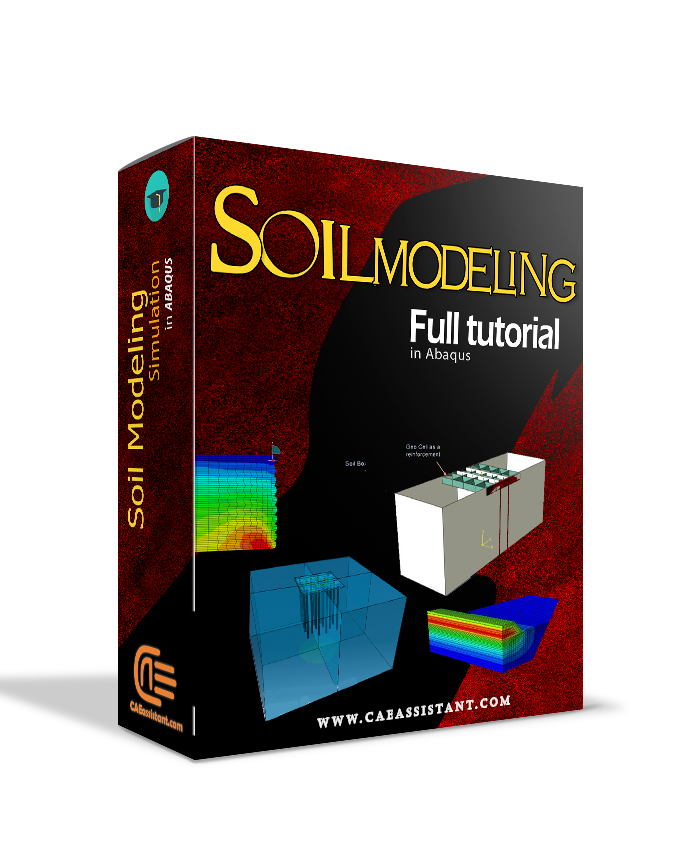



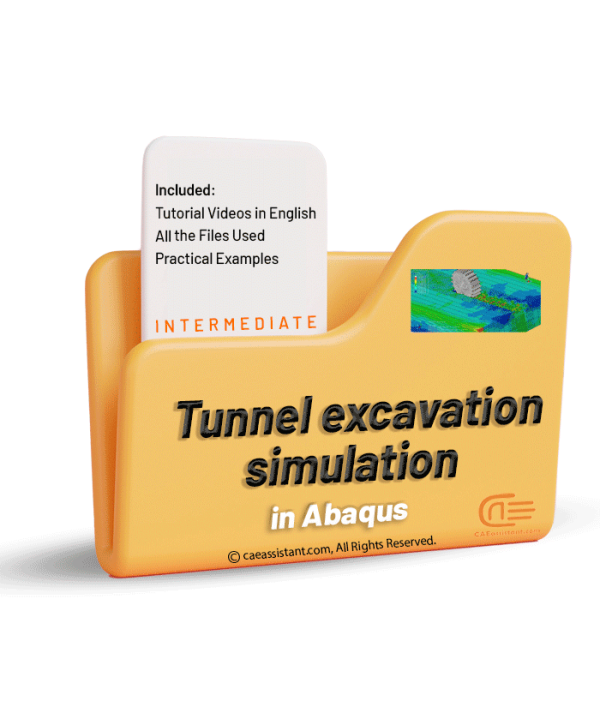
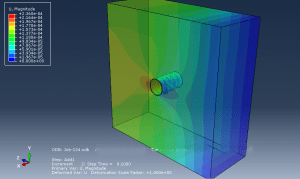

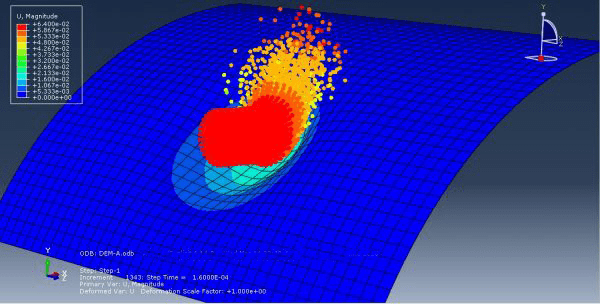
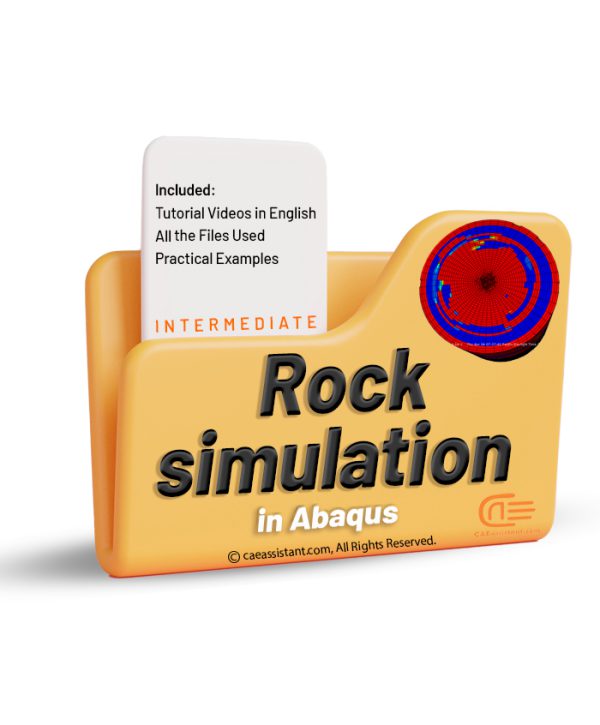
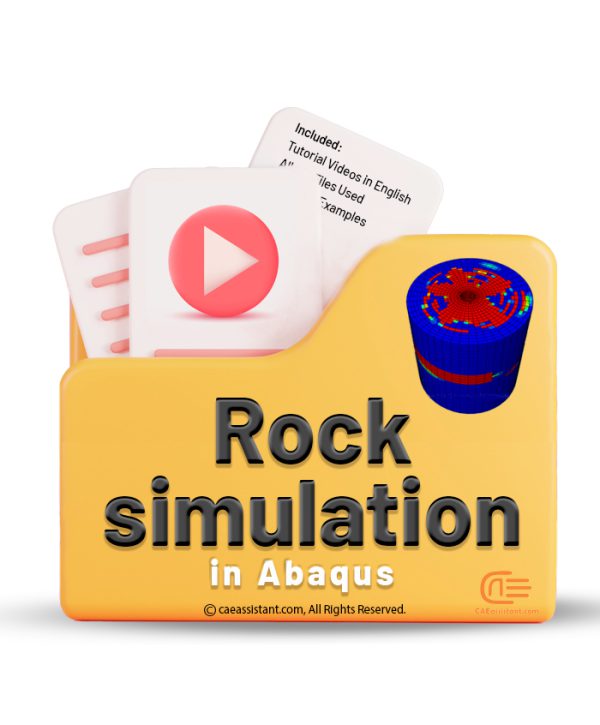
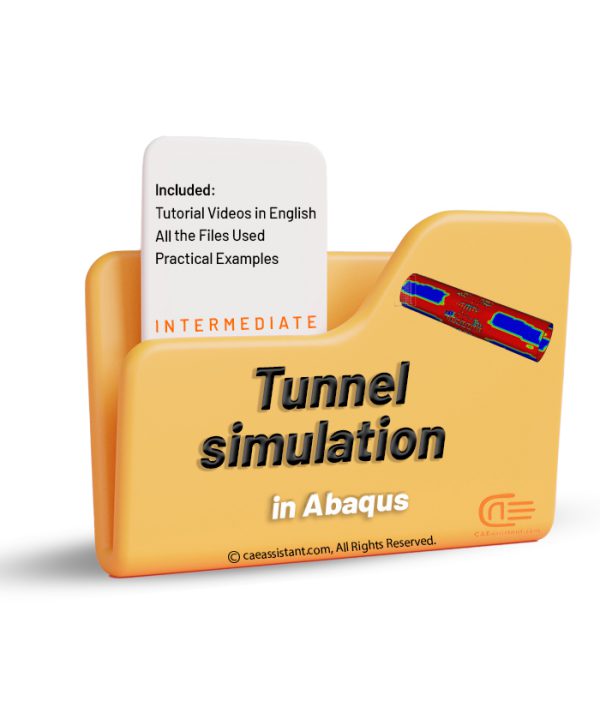
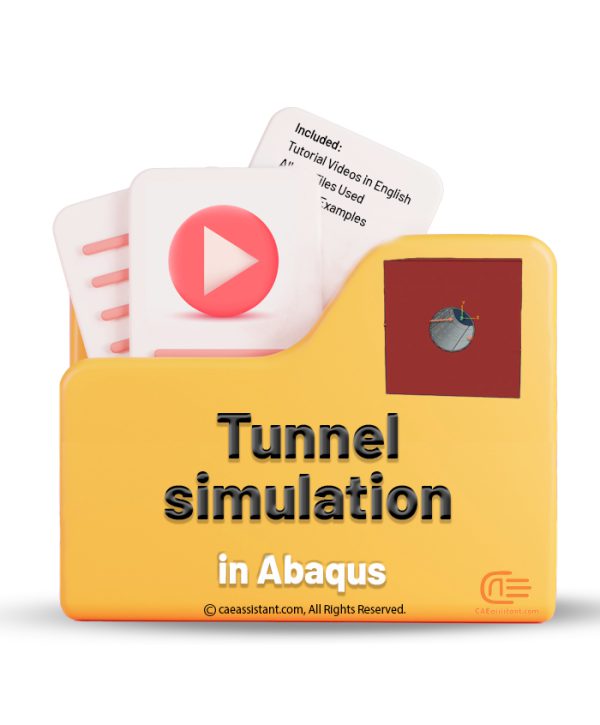
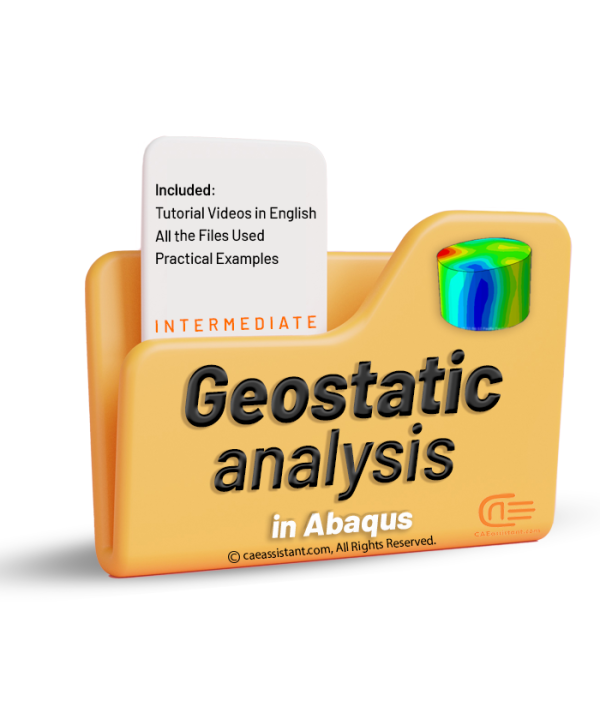
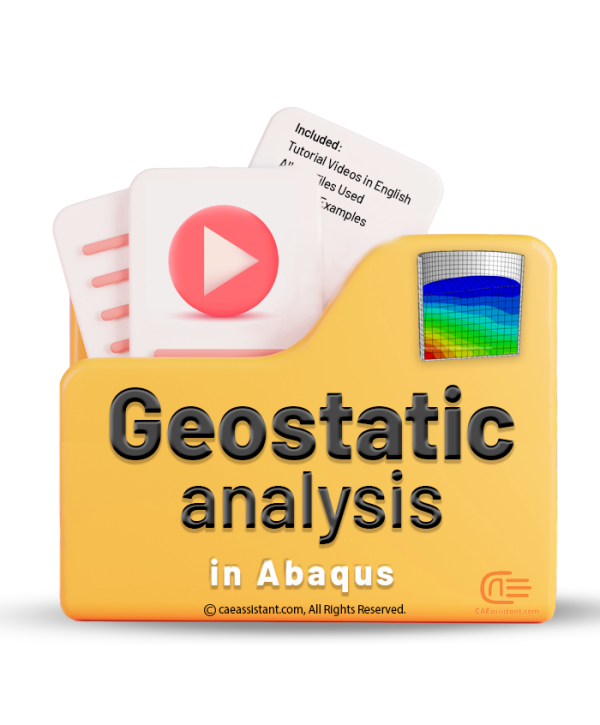
Radka –
This package completely addressed my needs for soil modeling and simulation in Abaqus. The comprehensive and clear instructions were easy to follow, and I was able to cover all the topics smoothly. Overall, I am satisfied and would recommend it to others.
Nevena –
Using this package, I was able to practically and effectively enhance my skills in soil modeling. The instructional videos and documentation were very useful and comprehensive. My questions and doubts were well addressed after the course.
Miglena –
With this training package, I am no longer worried about soil modeling in Abaqus. I am very satisfied with the range of topics covered and the depth of the instructions. In my opinion, this package is very valuable and cost-effective.
Miglena –
This package helped me to more effectively carry out projects related to soil modeling. After using it, the quality of my work improved significantly. My questions and challenges in this area have been resolved.
Tzveta –
I am very satisfied with the high quality and level of detail in the instructions provided in this package. The content is presented in a step-by-step and comprehensible manner, which helped me quickly improve my skills in soil modeling.
Yordan –
This package is the most complete and comprehensive Abaqus soil modelling training I have ever seen. I am very satisfied with the diversity of topics covered, and many of the questions I had previously were resolved.
Zdravko –
Using this package, I was able to practically improve my skills in modeling various soils and their applications. The videos and documentation are well-taught and allowed me to learn faster.
Zdravko –
This training package covers everything about soil modelling in Abaqus. I am very satisfied with the level of detail in the lessons and the responses to my questions. In my opinion, this package is worth every penny.
Krasimir –
After using this package, I no longer have any concerns about soil modelling in Abaqus. The materials are presented in a step-by-step and comprehensible manner, leading to a significant increase in my skills.
Ivaylo –
This package helped me learn soil modelling in Abaqus completely and in-depth. I am very satisfied with the diversity of topics covered and the high quality of the training. I recommend it to anyone active in this field.